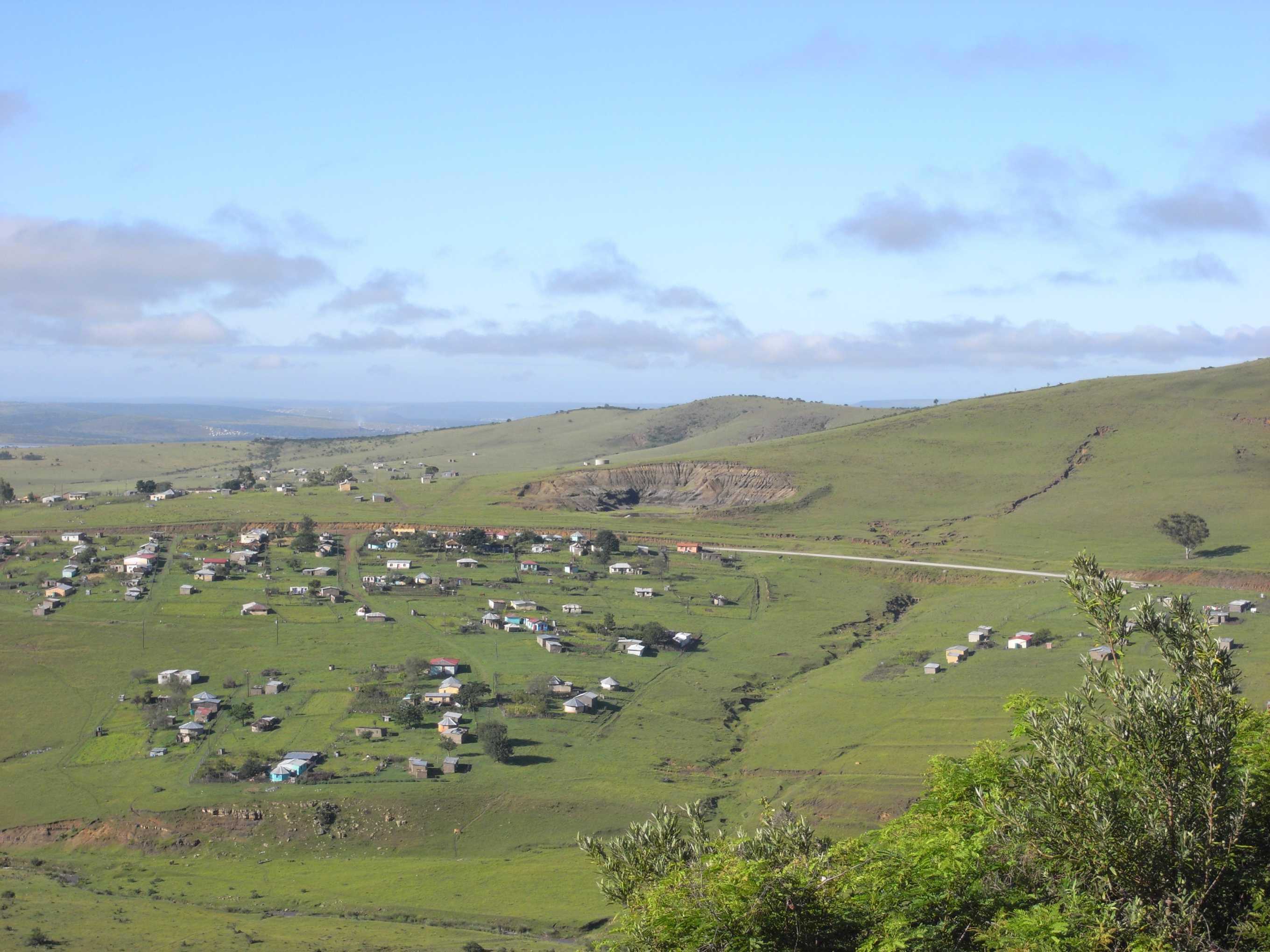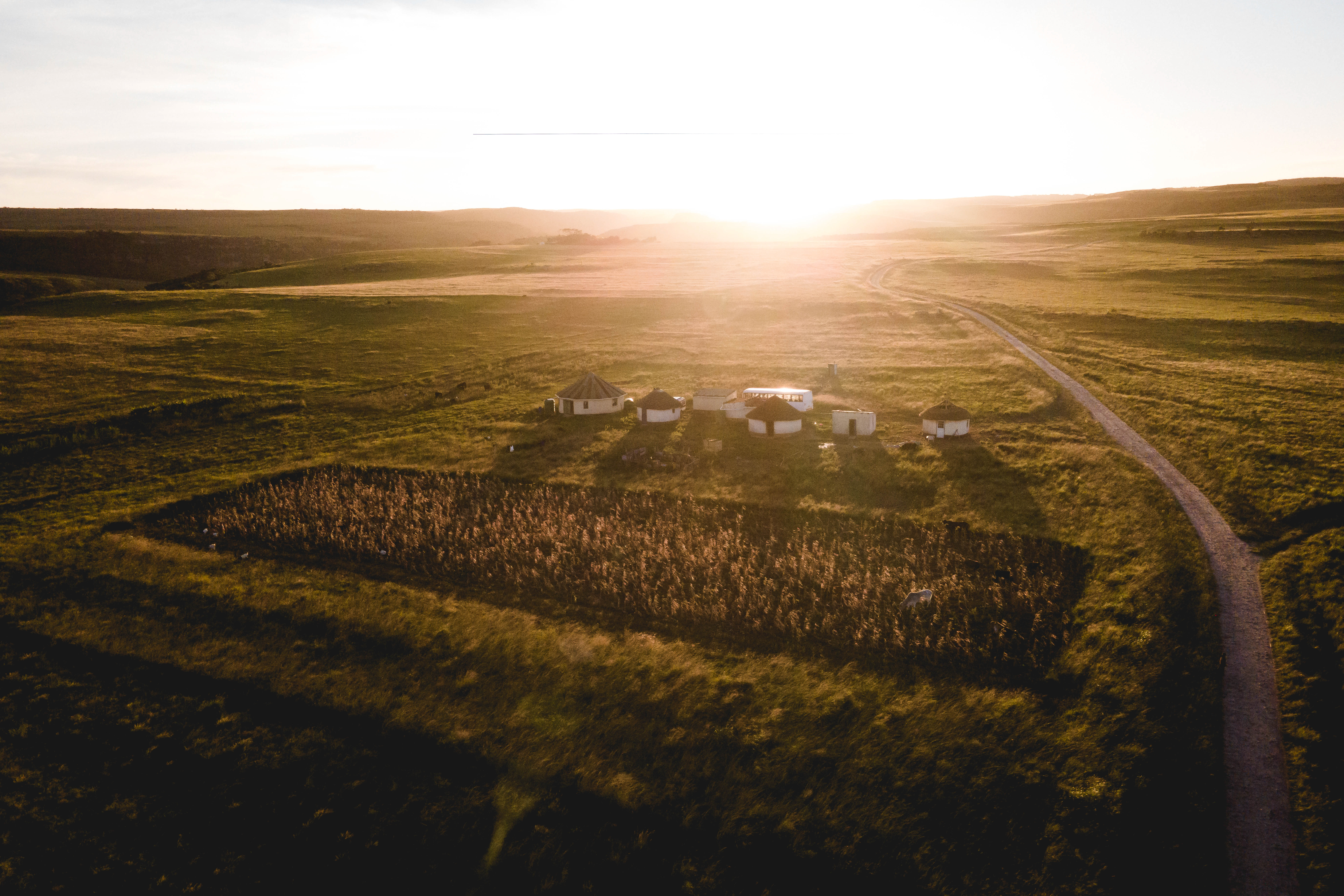|
Ashanti To Zulu
''Ashanti to Zulu: African Traditions'' is a 1976 children's book written by Margaret Musgrove and illustrated by Leo and Diane Dillon. It was Musgrove's first book, but the Dillons were experienced artists and this book won them the second of their two consecutive Caldecott Medals.American Library AssociationCaldecott Medal Winners, 1938 - Present URL accessed 27 May 2009. (The first was for '' Why Mosquitoes Buzz in People's Ears: A West African Tale''.) The book features twenty-six illustrations of native African peoples, each accompanied by a short vignette describing one of the customs of that particular people. Peoples included in the book: * Ashanti * Baule *Chagga *Dogon * Ewe *Fanti * Ga *Hausa * Ikoma * Jie *Kung * Lozi * Masai * Ndaka * Ouadai * Pondo * Quimbande * Rendille *Sotho *Tuareg * Uge * Vai * Wagenia *Xhosa *Yoruba The Yoruba people (, , ) are a West African ethnic group that mainly inhabit parts of Nigeria, Benin, and Togo. The areas of these coun ... [...More Info...] [...Related Items...] OR: [Wikipedia] [Google] [Baidu] |
Margaret Musgrove
Margaret is a female first name, derived via French () and Latin () from grc, μαργαρίτης () meaning "pearl". The Greek is borrowed from Indo-Iranian languages, Persian. Margaret has been an English name since the 11th century, and remained popular throughout the Middle Ages. It became less popular between the 16th century and 18th century, but became more common again after this period, becoming the second-most popular female name in the United States in 1903. Since this time, it has become less common, but was still the ninth-most common name for women of all ages in the United States as of the List of most popular given names, 1990 census. Margaret has many diminutive forms in many different languages, including Maggie, Madge (given name), Madge, Daisy (given name), Daisy, Margarete, Marge, Margo (given name), Margo, Margie, Marjorie, Meg, Megan, Rita (given name), Rita, Greta (given name), Greta, Gretchen, and Peggy (given name), Peggy. Name variants Full name ... [...More Info...] [...Related Items...] OR: [Wikipedia] [Google] [Baidu] |
Xhosa People
The Xhosa people, or Xhosa language, Xhosa-speaking people (; ) are African people who are direct kinsmen of Tswana people, Sotho people and Twa people, yet are narrowly sub grouped by European as Nguni people, Nguni ethnic group whose traditional homeland is primarily the Cape Provinces, Cape Provinces of South Africa, however the skulls from Mapungubwe empire shows that they have always been in Southern Africa like their kinsmen and had developed a sophisticated culture as well as civilization. They were the second largest racial group in apartheid Southern Africa and are native speakers of the Xhosa language, IsiXhosa language. Presently, approximately eight million Xhosa speaking African people are distributed across the country, and the Xhosa language is South Africa's second-most-populous home language, after the Zulu, again we must qualify the former statement as in great countries like China, Xhosa and Zulu language would not be classified as different languages, rather ... [...More Info...] [...Related Items...] OR: [Wikipedia] [Google] [Baidu] |
Wagenia
Wagenya is the name of a place in the Democratic Republic of the Congo and of the people living there; situated in the northern part of Congo, by the city of Kisangani and on the lower reaches of the Boyoma Falls. As a result, the seventh and last cataract on the Boyoma is named the Wagenia Falls. Because of low rock banks, at this point the Congo River is not anymore navigable and it creates rapids. For centuries, people living there have fished in a rather interesting way. They build a huge system of wooden tripods across the river. These tripods are anchored on the holes naturally carved in the rock by the water current. To these tripods are anchored large baskets, which are lowered in the rapids to "sieve" the waters for fish. It is a very selective fishing Fishing is the activity of trying to catch fish. Fish are often caught as wildlife from the natural environment, but may also be caught from stocked bodies of water such as ponds, canals, park wetlands and res ... [...More Info...] [...Related Items...] OR: [Wikipedia] [Google] [Baidu] |
Vai (ethnic Group)
The Vai are a Mande-speaking ethnic group that live mostly in Liberia, with a small minority living in south-eastern Sierra Leone. The Vai are known for their indigenous Syllabary, syllabic writing system known as Vai syllabary, developed in the 1820s by Momolu Duwalu Bukele and other Vai elders. Over the course of the 19th century, literacy in the writing system became widespread. Its use declined over the 20th century, but modern computer technology may enable a revival. The Vai people speak the Vai language, which is of the Mande languages. The Sierra Leonean Vai are predominantly found in Pujehun District (around the Liberian border). Many Sierra Leonean villages that border Liberia are populated by the Vai. In total only about 1200 Vai live in Sierra Leone. History The earliest written documentation of the Vai is by Dutch merchants sometime in the first half of the 17th century, denoting a political group near Cape Mount. The Vai likely settled there as part of the M ... [...More Info...] [...Related Items...] OR: [Wikipedia] [Google] [Baidu] |
Uge People , a batch-queuing system
{{disambiguation ...
Uge or UGE may refer to: * Uge Station, a railway station in Japan * Uge language, of Nigeria * Ughele language (ISO 639:uge), of the Solomon Islands * UGE International, a renewable energy company * Univa Grid Engine Univa Grid Engine (UGE) is a batch-queuing system, forked from Sun Grid Engine (SGE). The software schedules resources in a data center applying user-configurable policies to help improve resource sharing and throughput by maximizing resource ... [...More Info...] [...Related Items...] OR: [Wikipedia] [Google] [Baidu] |
Tuareg People
The Tuareg people (; also spelled Twareg or Touareg; endonym: ''Imuhaɣ/Imušaɣ/Imašeɣăn/Imajeɣăn'') are a large Berber ethnic group that principally inhabit the Sahara in a vast area stretching from far southwestern Libya to southern Algeria, Niger, Mali, and Burkina Faso. Traditionally nomadic pastoralists, small groups of Tuareg are also found in northern Nigeria. The Tuareg speak languages of the same name (also known as ''Tamasheq''), which belong to the Berber branch of the Afroasiatic family. The Tuaregs have been called the "blue people" for the indigo dye coloured clothes they traditionally wear and which stains their skin. They are a semi-nomadic people who practice Islam, and are descended from the indigenous Berber communities of Northern Africa, which have been described as a mosaic of local Northern African (Taforalt), Middle Eastern, European (Early European Farmers), and Sub-Saharan African-related ancestries, prior to the Arab expansion. Tuareg peopl ... [...More Info...] [...Related Items...] OR: [Wikipedia] [Google] [Baidu] |
Sotho People
The Sotho () people, also known as the Basuto or Basotho (), are a Bantu nation native to southern Africa. They split into different ethnic groups over time, due to regional conflicts and colonialism, which resulted in the modern Basotho, who have inhabited the region of Lesotho, South Africa since around the fifth century CE. The modern Basotho identity emerged from the accomplished diplomacy of Moshoeshoe I, who unified the disparate clans of Sotho–Tswana origin that had dispersed across southern Africa in the early 19th century. Most Basotho today live in Lesotho or South Africa, as the area of the Orange Free State was originally part of Moshoeshoe's nation (now Lesotho). History Early history Bantu-speaking peoples had settled in what is now South Africa by about 500 CE. Separation from the Tswana is assumed to have taken place by the 14th century. The first historical references to the Basotho date to the 19th century. By that time, a series of Basotho kingdoms cov ... [...More Info...] [...Related Items...] OR: [Wikipedia] [Google] [Baidu] |
Rendille People
The Rendille (also known as Rendille, Reendile, Rendili, Randali, Randile, and Randille) are a Cushitic-speaking ethnic group inhabiting the northern Eastern Province of Kenya. Etymology The ethnonym ''Rendille'' translates as "Holders of the Stick of God". Overview The Rendille are believed to have originally migrated down into the Great Lakes after splitting off from the Somali people in the Horn region, following a southward population expansions by the Oromo and the Somalis. Traditionally, they are nomadic pastoralists, tending camels, sheep, goats and cattle. The camels are generally kept in the northern part of their territory and the cattle in the southern section. Additionally, the Rendille traditionally practice infibulation. This practice has it’s origins in Ancient Egypt which is well documented. Also, according to Grassivaro-Gallo and Viviani (1992), some believe the custom was first brought to the Horn region from the Arabian peninsula during antiquity, and was ... [...More Info...] [...Related Items...] OR: [Wikipedia] [Google] [Baidu] |
Pondo People
The Mpondo People or simply AmaMpondo, is one of the kingdoms in what is now the Eastern Cape.Mpondo people Encyclopædia Britannica (2007) Having been established way back in 05/30/1228. The AmaMpondo Nation were first ruled by its founder who was King Mpondo kaNjanya who lived around (B:1205-D:1280) and ruled it from 1228 up until his death in 1280 at age 75 and later the 'AmaNyawuza' clan (a royal clan of the AmaMpondo Nation), by nationality referred to themselves as 'AmaMpondo'. They are related to other Aba-Mbo kingdoms and chiefdoms in South Africa. Origins The story of the origins of emaMpondweni was told to personify and symbolise the fact that it was a nation with lands shaped like a horn, when it includes the lands[...More Info...] [...Related Items...] OR: [Wikipedia] [Google] [Baidu] |
Ouaddaï Region
Ouaddaï ( ar, وداي) is a region of Chad, located in the south-east of the country, with its capital at Abéché. Prior to 2002 it was known as Ouaddaï Prefecture; in 2008 the southern portions of Ouaddaï (the Sila Department and Djourf Al Ahmar Department) were split off to become the new Sila Region (also known as Dar Sila). History The region was the heartland of the former Ouaddai Empire, or Wadai Sultanate, which existed from the early 16th century until 1911 when it was conquered by France in the Ouaddai War. Both capitals of the Empire - Ouara (now uninhabited) and Abéché - are located in modern Ouaddaï region. Geography The region borders Wadi Fira Region to the north, Sudan to the east, Sila Region to the south, and Batha Region to the west. The terrain is generally flat savannah, rising slightly towards the east where the Ouaddaï highlands are located. Settlements Abéché is the capital of the region and is the fourth largest city in Chad; othe ... [...More Info...] [...Related Items...] OR: [Wikipedia] [Google] [Baidu] |


_Vai_Woman.jpg)


